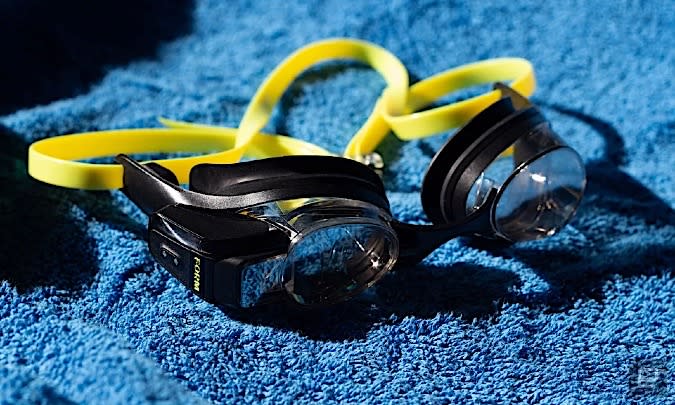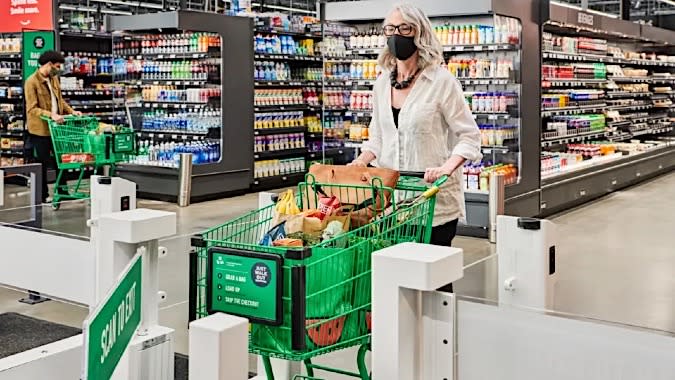Even with burnout, overwhelm, budget cuts, hiring freezes, waves of redundancies and everything else in 2024, there’s still little regulation in the US to stop employers tapping workers to respond to requests either at their desk or through their smartphones and laptops at home.
(Of course, France is showing us all up, having introduced a right-to-disconnect policy back in 2017. Those pesky, utterly correct French…)
This week, California State Assemblyman Matt Haney introduced AB 2751, a “right to disconnect” proposition. If passed, it would make every California employer lay out exactly what a person’s hours are and ensure they aren’t required to respond to work-related communications while off the clock. Time periods in which a salaried employee might have to work longer hours would need to be laid out in their contract.
“I do think it’s fitting that California, which has created many of these technologies, is also the state that introduces how we make it sustainable and update our protections for the times we live in and the world we’ve created,” Haney told The San Francisco Standard.
He’s not wrong: California is the birthplace of Gmail, the iPhone, although not Slack — watch out Vancouver, Canada.
— Mat Smith
The biggest stories you might have missed
You can get these reports delivered daily direct to your inbox. Subscribe right here!
Smart Swim 2 is smaller, lighter and more useful.
Form launched its Smart Swim goggles in 2019. They featured a built-in display showing real-time data when you swim, and its successor, the Smart Swim 2, is a refinement in every way. Form has nipped and tucked the existing model, with the tech pack 15 percent smaller than its predecessor. It also worked on comfort and fit, giving the goggles longer, more adjustable straps and a broader range of swappable nose bridges.
The company is removing Just Walk Out from Fresh grocery stores in the US.
Amazon is removing its much-trumpeted Just Walk Out tech from all of its US Fresh grocery stores. The self-checkout system used cameras, sensors and good old-fashioned human eyeballs to track what people leave the store with, charging the customers accordingly with no human needing to scan a thing.
One issue was the system didn’t use AI object detection and advanced smarts as much as Amazon would like you to believe. There are reportedly over 1,000 people in India scanning the camera feeds to ensure accurate checkouts.
Amazon tried to sell the technology to other retail chains, but its only major deal was with Starbucks in a few locations. These systems require high ceilings to accommodate the cameras and sensors. Reuters suggested many retailers consider Amazon a competitor and didn’t want its hooks in their systems. For now, the systems will continue in select UK stores.



